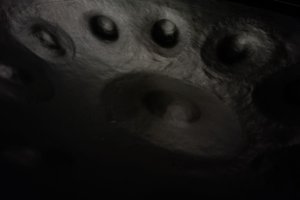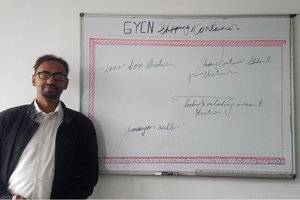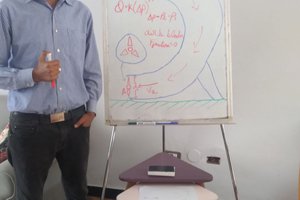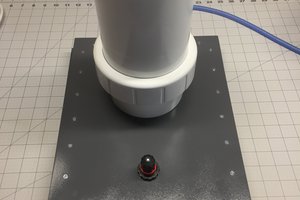Problem statement
According to some resources, a study published in the journal Biological Conservation found that U.S. turbines kill 234,000 birds per year on average, while a newer study, published in Energy Science, found that about 150,000 birds are affected by wind turbines in the U.S. per year. When a bird flies into a patch of air immediately after a blade tip has passed by, the sudden drop in pressure can reportedly rupture its lungs, a condition known as "barotrauma." There are several solutions proposed but the problem is still at large that the only solution that is found to work is stopping the wind turbine when migratory birds comes in the areas of the wind farm using a radar that can detect incoming large number of birds. Some of the proposed solutions are Safer locations - The simplest way to keep birds and bats away from wind turbines is to not build wind turbines where lots of birds and bats are known to fly. It's not always that simple, though, since many of the open, treeless expanses that attract birds and bats are also prime locations for harvesting wind. Ultrasonic 'boom boxes' - Birds are mostly visual animals, but since bats use echolocation to navigate, sound might offer a way to repel them from wind farms. That's the idea behind ultrasonic "boom boxes," which can be attached to turbines and emit continuous, high-frequency sounds between 20 and 100 kilohertz. New colors – painting of only one turbine with black paint has given a very promising result according to some researches. Radar and GPS – detecting large number of migratory birds when reaching wind farms to prevent collision by stopping the wind turbine. Restraint – is a sensor that can tell when something hits a wind turbine blade, giving operators a chance to prevent more collisions by shutting turbines down.
Solution
One of the major points we miss to understand when it comes to bird and wind turbine is that how birds see the turbines and interpret their vision to understanding. When birds fly high way above the height of the wind turbine, the size of the wind turbine seems not considerable size (small size) because the surface area of wind turbine seen from top side is very small. Meaning, it is very easy to notice the three rotating turbine blades at lower height or standing from the ground because the rotating blades cover large circular surface area x axis (assuming that the x-axis is perpendicular to the rotating turbine blades or parallel to the wind). But in y-axis and z-axis the surface area is small that for small airborne animals with low visual capacity and low understanding of the environment.
This project is about building a new system that can repel birds from entering wind farm which prevents collision using an effective visual technique. This is done by installing an insignificant (lightest weight) and very flexible material like fabric or sealed plastic bag filled with safe lightest gas like Helium on the very tip of the three turbine blades to create more surface area from the top view to maximize the sight for birds that will prevent them not approach the area where the turbine blade rotates. Meaning as the wind blows perpendicular to the blades, the three installed materials are forced to be perpendicular to the turbine blades or parallel to the wind and as the turbine blades rotate each of them also rotate along with each the blades being in position parallel to the wind. Since they are very flexible as each of the materials reaches the turbine tower stand, they fold at moment of contact and regain their shape instantly after contact with the tower stand. This system does not affect the efficiency of the turbines because they are insignificant (in weight) and do not alter the aerodynamic because the will be behind the turbines at all time. Based on some recent researches results, in order to maximize the visual effectiveness to keep away the birds only one of the materials is painted black. ...
Read more » Anteneh Gashaw
Anteneh Gashaw
 seraphia scarlett
seraphia scarlett


 Andrew Mayhall
Andrew Mayhall